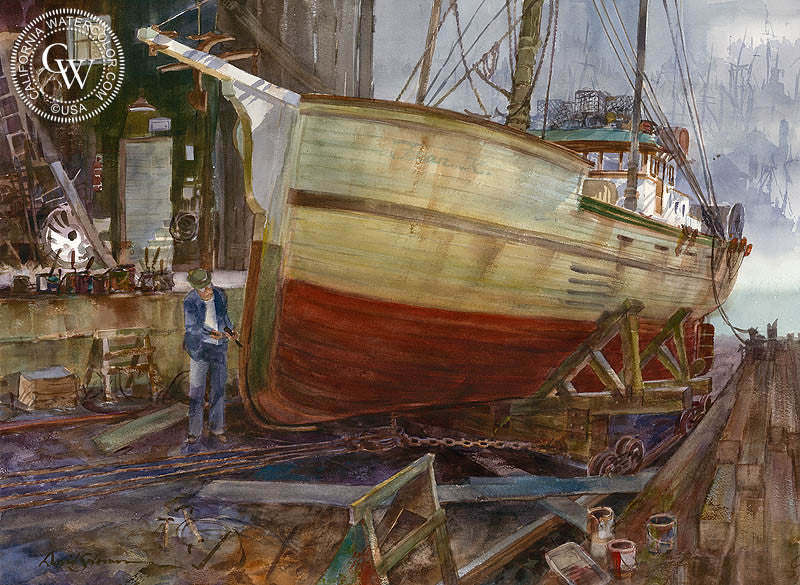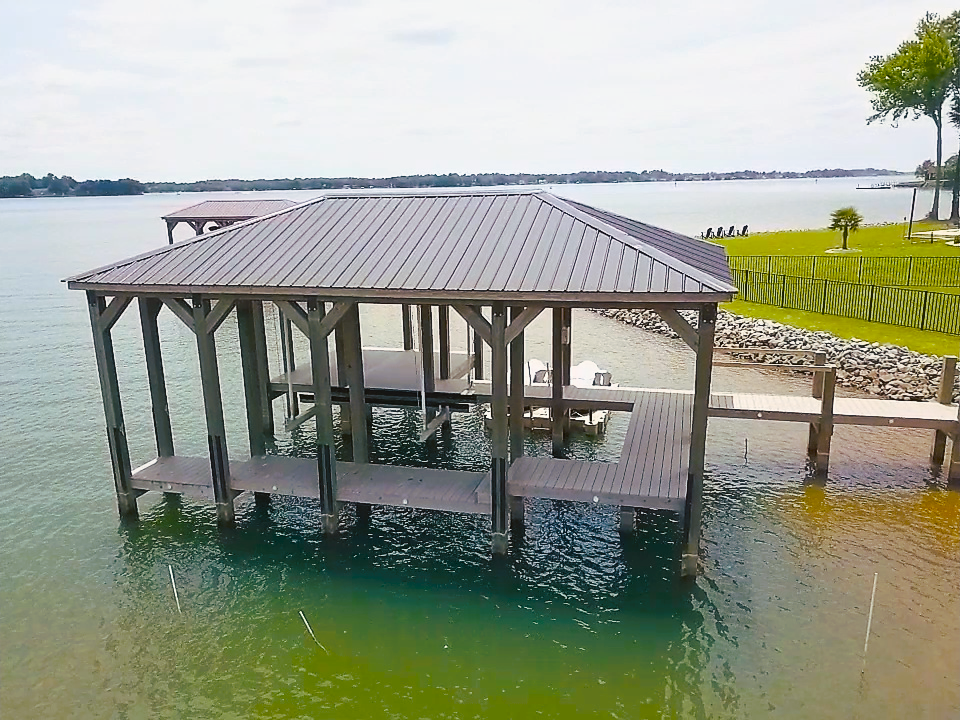Typical Problems That Lead to Costly Dock Repairs
Typical Problems That Lead to Costly Dock Repairs
Blog Article
Effective Dock Fixing Techniques: Ensuring Architectural Stability
Making certain the structural stability of docks through reliable repair service strategies is critical for the longevity and safety and security of aquatic centers. Ultimately, choosing the best repair service products, such as corrosion-resistant alloys and composite products, is important for durability.
Analyzing Dock Damages
Assessing dock damages is an important very first step in making sure the architectural honesty and safety of any kind of docking center. This preliminary evaluation involves an extensive evaluation to recognize both hidden and noticeable damages. Trick aspects to examine consist of the dock's structure, pilings, decking, and hardware. Each component has to be inspected for indicators of wear, rot, rust, or other kinds of destruction that might jeopardize the structural stability.
Architectural engineers or certified assessors commonly do these analyses using specialized devices and techniques. Undersea examinations might use finder devices or from another location ran vehicles (ROVs) to identify submerged damage. Above water, aesthetic assessments are enhanced by utilizing wetness meters and other analysis devices to uncover underlying problems not right away noticeable to the naked eye.

Choosing Fixing Products
Picking the ideal repair service materials is a pivotal action in the dock remediation process, one that straight influences the durability and efficiency of the repaired structure. Material option must be driven by variables such as environmental problems, load-bearing demands, and compatibility with existing dock elements. For circumstances, timber is a conventional option for anchors due to its all-natural durability and visual charm. Nevertheless, choosing the right kind of timber, such as pressure-treated lumber or naturally rot-resistant varieties like cedar or teak wood, is essential to stand up to water settings.
In enhancement to timber, composite materials are significantly prominent because of their toughness and low maintenance needs. Compounds, generally made from a blend of plastic and timber fibers, provide outstanding resistance to rot, insects, and UV damages. For metal anchors, picking corrosion-resistant alloys such as galvanized steel or marine-grade light weight aluminum is necessary to avoid rust and make sure architectural honesty in saline water problems.
Epoxy resins and marine-grade sealants are essential for fixing fractures and securing joints, giving a water resistant obstacle and enhancing the dock's overall strength. By diligently choosing high-grade products, dock repairs can accomplish resilient outcomes, thereby securing versus future degradation and making sure risk-free, dependable use.
Structural Support Techniques
Efficient structural support strategies are critical in ensuring the stability and long life of dock repair work. This approach is particularly effective for docks subjected to heavy loads or harsh ecological conditions.
One more essential technique is the application of fiber-reinforced polymers (FRP) These materials provide high strength-to-weight ratios and excellent resistance to deterioration, making them perfect for enhancing concrete or wood anchors. FRP can be applied in sheets or strips and bonded with epoxy materials to improve structural honesty.
Bracing and securing systems likewise play an essential duty in architectural support. Cross-bracing, making use of metal or wood beam of lights, can neutralize lateral forces, decreasing persuading and motion. Securing systems, such as helical piers or driven piles, offer a steady foundation by transferring tons to deeper, a lot more secure soil layers.
Finally, the combination of load-distribution plates can assist distribute weight a lot more uniformly throughout the dock's surface, mitigating localized tension points. These techniques jointly ensure that docks remain robust and risk-free, efficient in standing up to the roughness of discover this info here their operational environment.
Advanced Fixing Approaches

Another advanced method involves undersea welding, which permits repair work to be performed without the requirement to dewater the location. This technique is particularly useful for attending to architectural problems in immersed dock parts, making certain marginal disturbance to operations. Enhanced welding methods, coupled with robotic systems, supply accuracy and dependability, thus prolonging the life-span of the dock.
Furthermore, cathodic security systems are executed to avoid rust in metal dock structures. By utilizing sacrificial anodes or satisfied current systems, these strategies successfully reduce the electrochemical procedures that cause material deterioration.
Lastly, advanced monitoring modern technologies, such as architectural health and wellness tracking (SHM) systems, give real-time data on the condition of dock frameworks. These systems make it possible for proactive maintenance and timely treatments, ultimately making certain the long-lasting architectural stability of the dock.
Maintenance and Avoidance
Maintenance and prevention are fundamental principles that underpin the durability and safety and security of dock structures. Normal examinations are extremely important, permitting very early detection of damage, prospective weaknesses, and environmental influences. A proactive technique, including regular checks for corrosion, rot, and architectural shifts, minimizes costly repair services and lengthens the dock's operational life.
Safety nets ought to consist of applying protective finishes to steel Resources parts to defend against corrosion and making use of treated timber to resist decay. Additionally, guaranteeing proper drain and ventilation can protect against water accumulation, which is an usual root cause of structural destruction. Incorporating quality materials and sticking to producer guidelines during construction and repair work stages additionally play critical roles in enhancing resilience.

Educating personnel in dock maintenance best techniques guarantees consistent application of safety nets. Leveraging technological advances, such as drones for examinations and sensing units for real-time monitoring, can better improve upkeep efforts. By focusing on maintenance and avoidance, dock owners can guarantee architectural honesty, operational safety and security, and cost-efficient monitoring over the dock's lifespan.
Conclusion
Finally, maintaining the structural integrity of marine facilities requires extensive dock repair work strategies. Extensive examinations making use of sophisticated devices uncover both visible and hid problems, while the option of proper repair service products improves sturdiness. Carrying out structural reinforcement techniques addresses stress and anxiety points effectively. Advanced repair work methods, combined with normal upkeep techniques, ensure the dock remains safe and functional under diverse ecological problems. Taking on these techniques significantly extends the life expectancy and performance of aquatic framework.
Ensuring the structural stability of anchors via reliable repair techniques is paramount for the long life and security of aquatic facilities.Choosing the ideal fixing products is an essential action in the dock remediation process, one that straight affects the durability and performance of the fixed framework.Effective architectural support techniques are vital in ensuring the security and longevity of dock fixings. By focusing on maintenance and avoidance, dock owners can make certain structural integrity, functional safety and security, and cost-effective monitoring over the dock's life-span.
In conclusion, preserving the structural stability of marine facilities demands comprehensive dock fixing methods.
Report this page